Diabetic Foot Ulcer Treatment
Lowcost Surgicals offers advanced, affordable solutions for diabetic foot ulcers. Our expert care ensures early healing and prevents serious complications.
- Home
- Service
- Diabetic Foot Ulcer Treatment
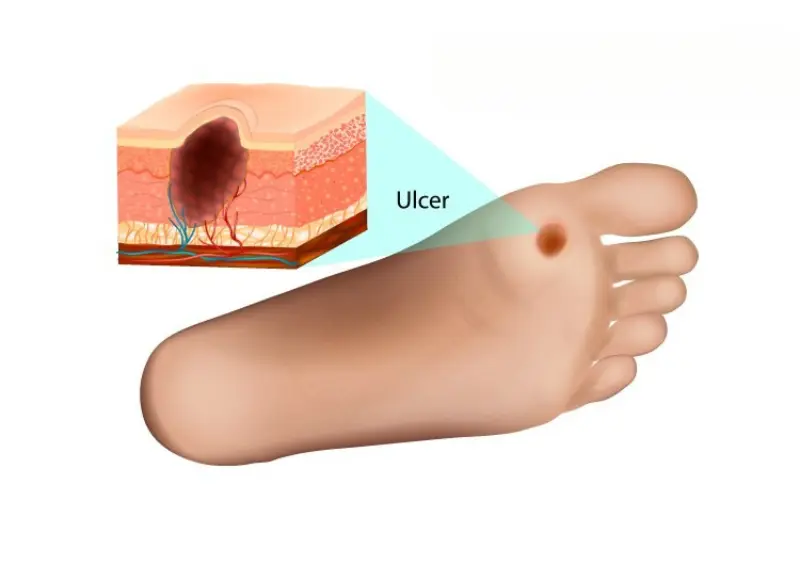
Description
A Diabetic Foot Ulcer is an open wound or sore that occurs in approximately 15% of patients with diabetes and is commonly located on the bottom of the foot. If not treated properly, it can lead to infections and even amputation. At Lowcost Surgicals, our multidisciplinary approach combines wound care, infection management, and preventive strategies to ensure effective healing. With modern techniques and expert care, we aim to restore mobility and improve quality of life for diabetic patients.
Conditions Treated
- Chronic Non-Healing Ulcers
- Infected Diabetic Wounds
- Ischemic Ulcers (Poor Blood Flow)
- Neuropathic Foot Ulcers
- Foot Gangrene
Tests and Treatments Offered
- Blood Sugar & HbA1c Monitoring
- Wound Swab Culture Test
- Doppler Test for Blood Flow
- Digital X-Ray for Bone Infection
- Advanced Wound Dressing & Debridement
- Antibiotic Therapy & Infection Management
- Offloading Footwear Recommendations
Contact Us
+91 81211 51389
Book Appointment
How it works
Procedure and Process Treatment
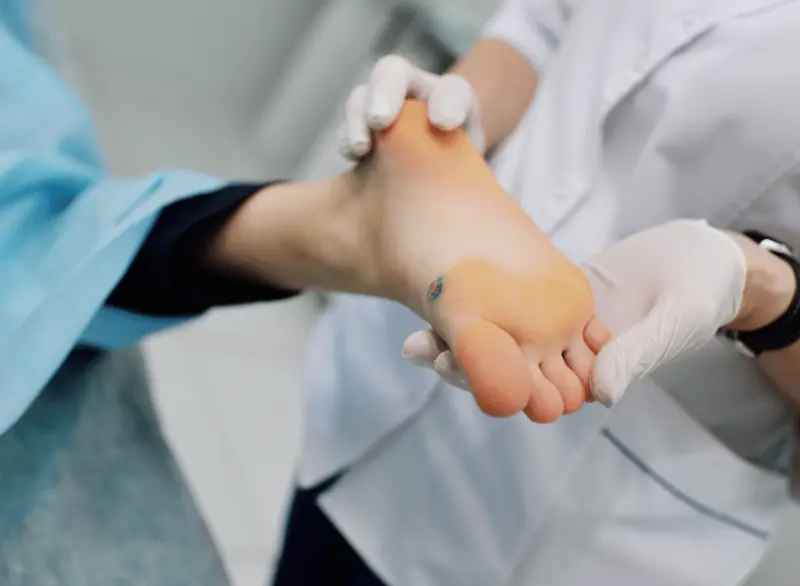
Wound Assessment
Initial examination includes blood sugar levels, wound size, depth, and signs of infection.
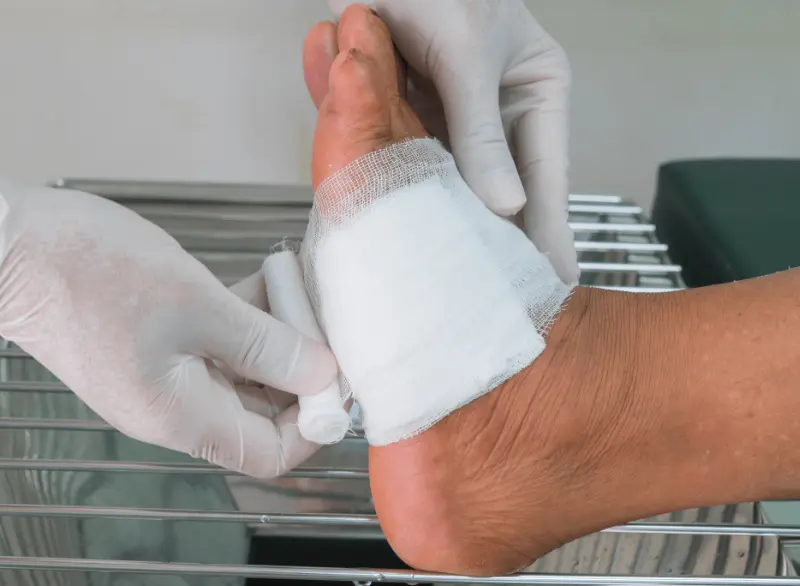
Infection Control
Targeted antibiotic therapy based on culture results and wound cleaning are performed.
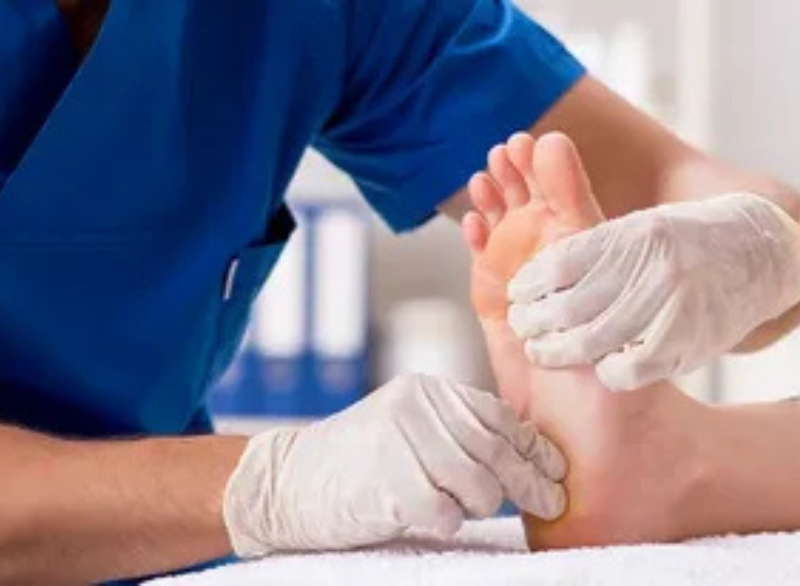
Wound Care & Offloading
We apply advanced dressings and offloading footwear to reduce pressure and promote healing.
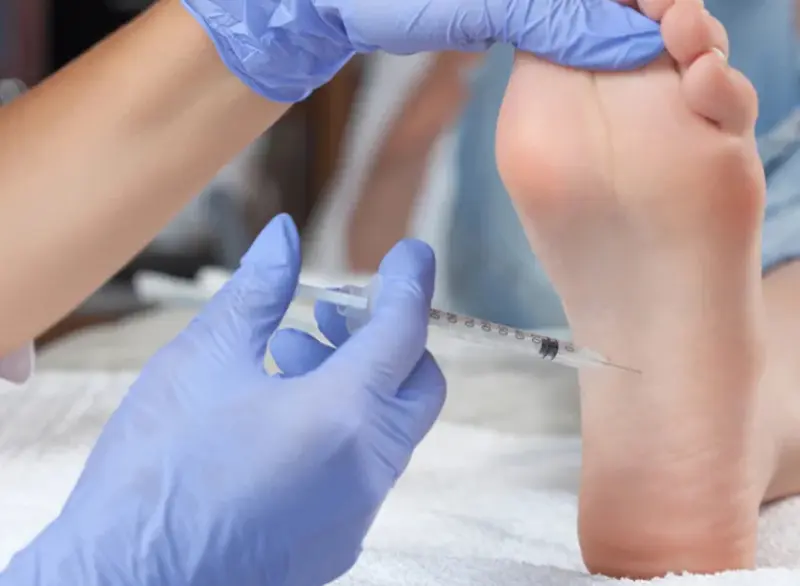
Follow-Up & Prevention
Regular reviews, education on foot hygiene, and long-term diabetes control plans are offered.
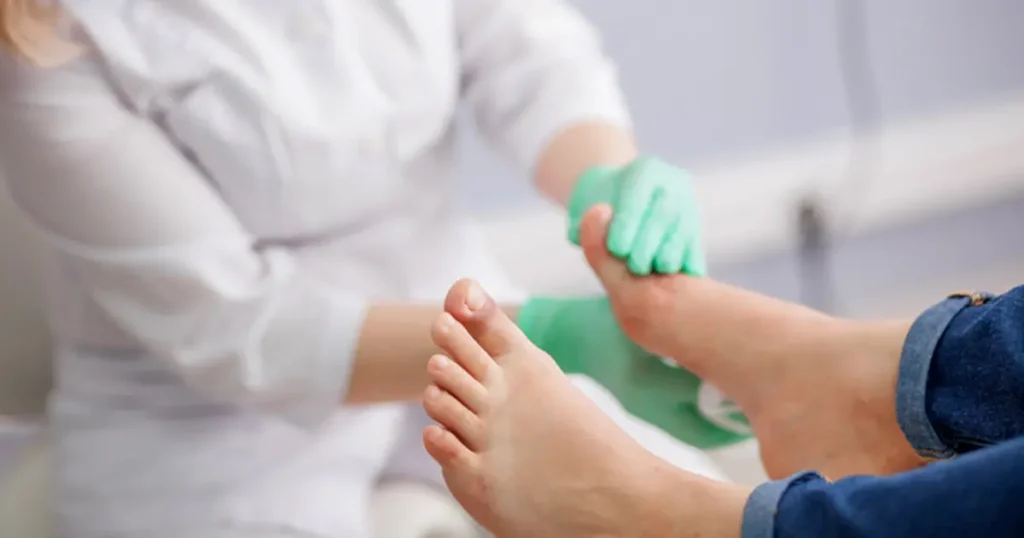
A Future Free from Diabetic Foot Complications
At Lowcost Surgicals, we understand the complexity of diabetic foot ulcers. With affordable care, dedicated specialists, and ongoing patient support, our aim is not just healing — but preventing recurrence and improving quality of life. Trust us to walk the healing journey with you.
Frequently Asked Questions
Here are answers to common concerns about diabetic foot ulcer treatment — helping you stay informed and confident about your care.
A: Healing time varies depending on wound size, blood sugar control, and infection. With proper care, many ulcers heal in 4–6 weeks.
Minor ulcers can be managed at home under doctor supervision, but serious or infected wounds require clinical attention to avoid complications.
Not always. Surgery is usually reserved for wounds with dead tissue or serious infections. Most patients heal with advanced dressing, antibiotics, and offloading.


